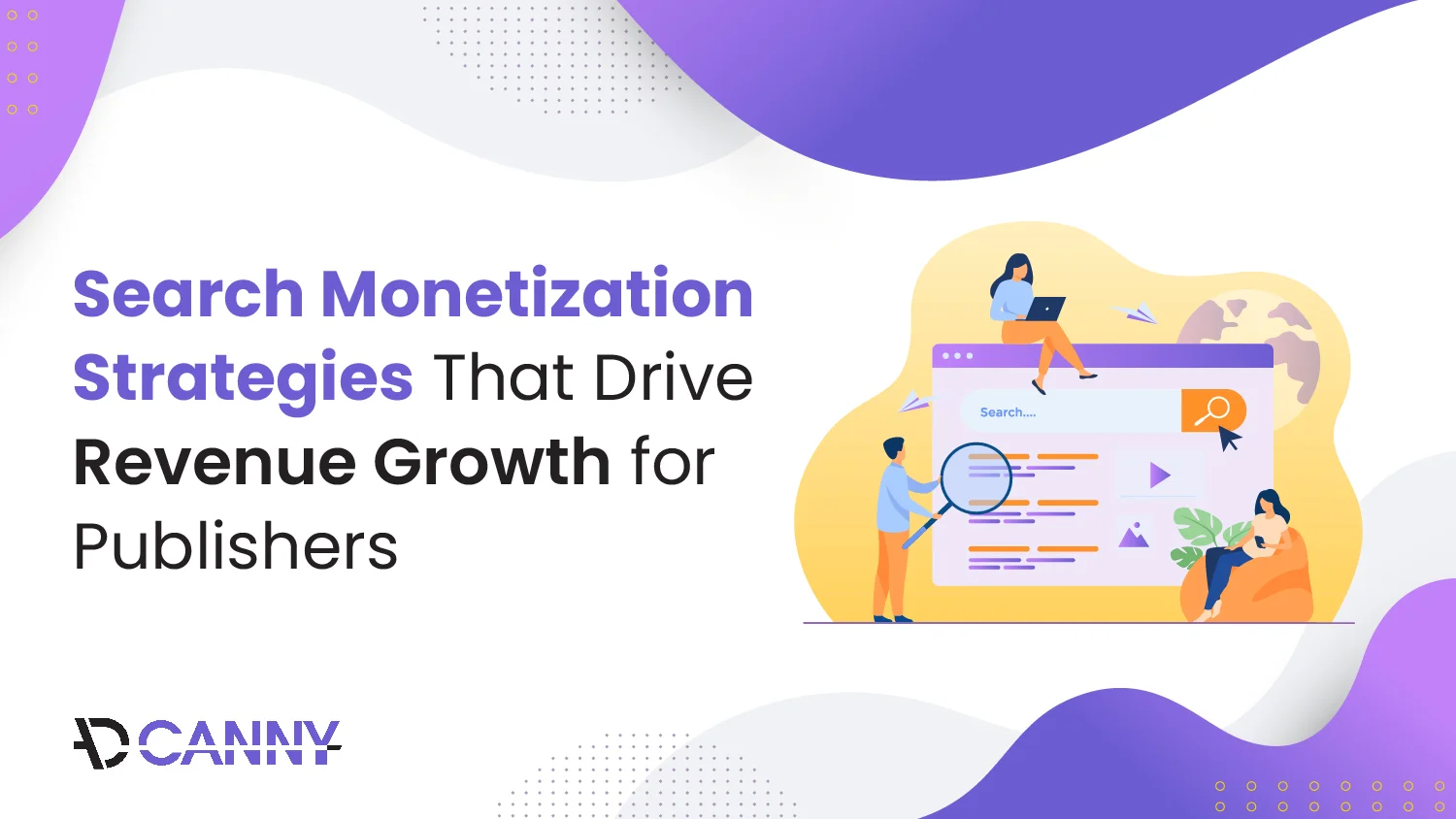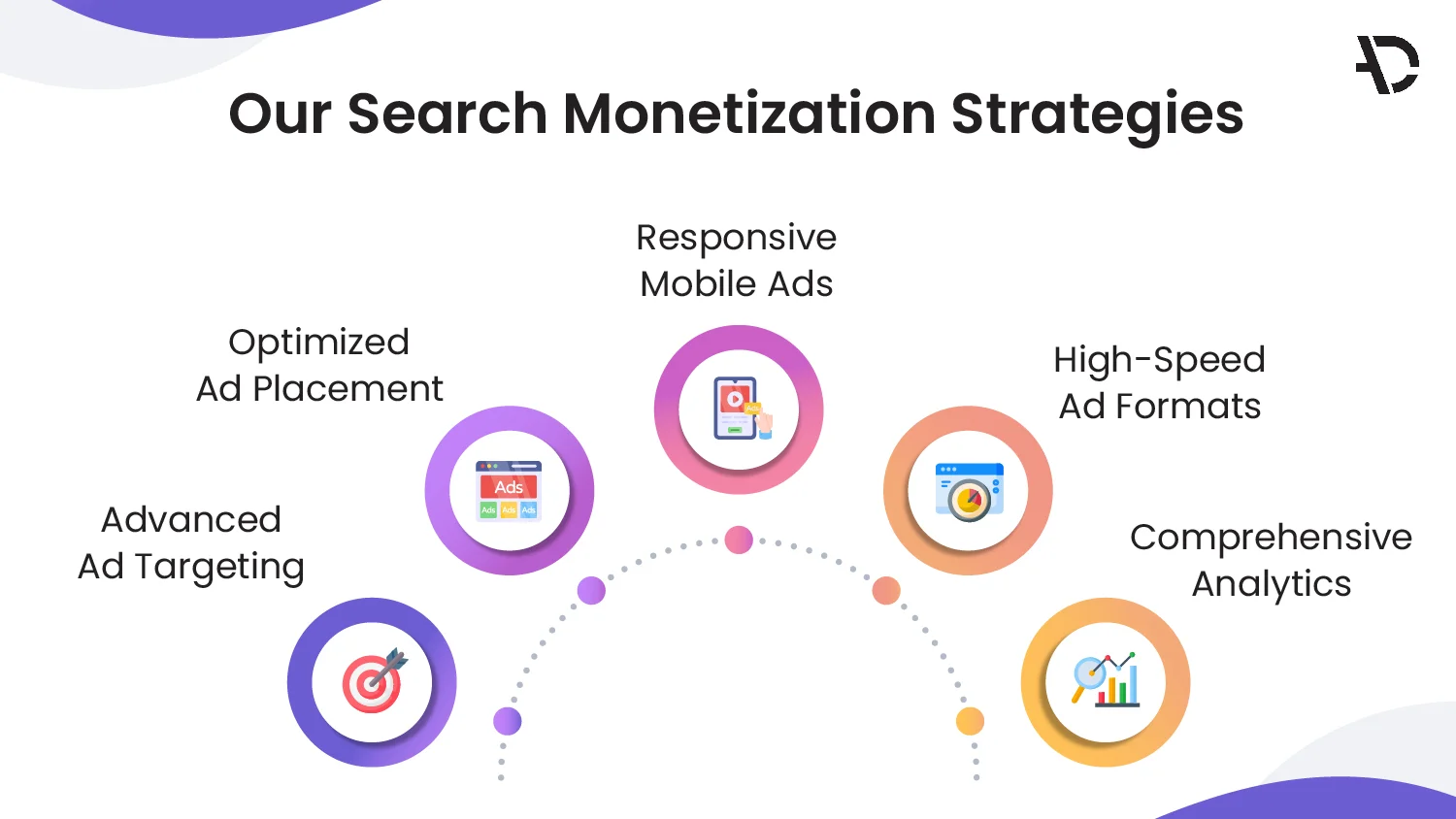
Search Monetization Strategies That Drive Revenue Growth for Publishers
Imagine a niche travel blog that started as a passion project by two college friends. Initially, it was just a way to share their travel adventures. As the blog grew in popularity, they realized its potential for revenue but didn’t know how to monetize effectively. Then, they discovered search monetization strategies that not only aligned with their content but also created significant revenue streams. Within a year, their small blog transformed into a profitable platform, all while keeping the user experience intact.
This real-life scenario reflects the untapped potential of search monetization for publishers. Let’s explore strategies that can help publishers maximize revenue while maintaining value for their audience.
What is Search Monetization?
Search monetization involves leveraging search functionalities within a platform to generate revenue. It’s a powerful tool for publishers who already have an audience using their websites or apps. By optimizing and integrating search monetization techniques, publishers can earn through ads, affiliate links, and partnerships without detracting from the user experience.

1. Enhance On-Site Search Functionality
Users often rely on the search bar to navigate content on a website. Optimizing this feature can lead to increased engagement and monetization opportunities. Tools like site search analytics help publishers understand user behavior—what keywords they search for, what results they click on, and where gaps exist.
Once these patterns are identified, publishers can:
- Serve contextual ads in search results.
- Promote related products or services that align with user queries.
- Highlight premium content or paid subscriptions.
For instance, an e-commerce platform can prioritize sponsored products or affiliate links in its search results, turning simple user queries into revenue-driving actions.
2. Partner with Search Ad Networks
Search ad networks like Google AdSense or Microsoft Advertising allow publishers to integrate targeted ads into their platforms. These ads are dynamically served based on user intent, ensuring relevance and a higher likelihood of clicks.
For publishers, this means:
- Better ROI due to intent-driven ads.
- Access to a global network of advertisers.
- Minimal disruption to the user experience.
Take the example of a tech blog featuring search ads related to the latest gadgets. Visitors searching for “best laptops under $1000” can be served ads for affiliate stores, generating revenue with every click or purchase.
3. Optimize Search Rankings with Sponsored Content
Another way to monetize search is by offering sponsored content placement within search results. Brands are often willing to pay for visibility, especially if your platform attracts a niche audience.
For example:
- A fitness blog could feature sponsored workout programs at the top of search results for terms like “home workouts.”
- A recipe website might display sponsored cooking tools when users search for specific dishes.
This method works best when the sponsored content is seamlessly integrated into the user experience and transparently disclosed.
4. Leverage Affiliate Marketing through Search
Affiliate marketing pairs perfectly with search monetization. Publishers can embed affiliate links within search results, directing users to products or services and earning commissions on every sale.
For example, if a user searches for “best skincare products” on a beauty blog, the search results could include affiliate links to popular products on e-commerce platforms. This approach monetizes user intent without being intrusive.
5. Use AI to Personalize Search Monetization
AI and machine learning can revolutionize search monetization by personalizing results based on user behavior. Predictive algorithms analyze user preferences and display highly relevant ads or content, increasing engagement and revenue potential.
For example, a music platform can recommend premium subscription plans or concert tickets based on a user’s search history, providing value while driving monetization.
AdCanny’s Strategies for Search Monetization
AdCanny provides a robust framework for publishers to maximize their revenue through tailored search monetization strategies. Here’s how:
- Advanced Ad Targeting: Using AI-driven algorithms, AdCanny matches ads to user intent, leveraging keywords, demographics, and location data for higher relevance.
- Optimized Ad Placement: Ads are positioned for maximum visibility and engagement, ensuring they blend seamlessly with the user interface.
- Responsive Mobile Ads: With mobile traffic surging, AdCanny ensures ads are optimized for devices of all sizes, boosting performance on mobile searches.
- High-Speed Ad Formats: Fast-loading, non-intrusive ads enhance user experience while driving results.
- Comprehensive Analytics: Real-time data insights allow publishers to refine strategies and improve ROI continuously.
Conclusion
Search monetization is no longer just about displaying ads; it’s about delivering value to both users and publishers. By adopting effective strategies like advanced targeting, optimized placements, and leveraging tools like those offered by AdCanny, publishers can unlock new revenue streams without compromising user experience.
In today’s competitive digital ecosystem, staying ahead means choosing solutions that prioritize efficiency and results. AdCanny’s innovative approach ensures publishers turn every search into an opportunity for growth. Ready to take your search monetization to the next level? Let’s make it happen!
Comments are closed